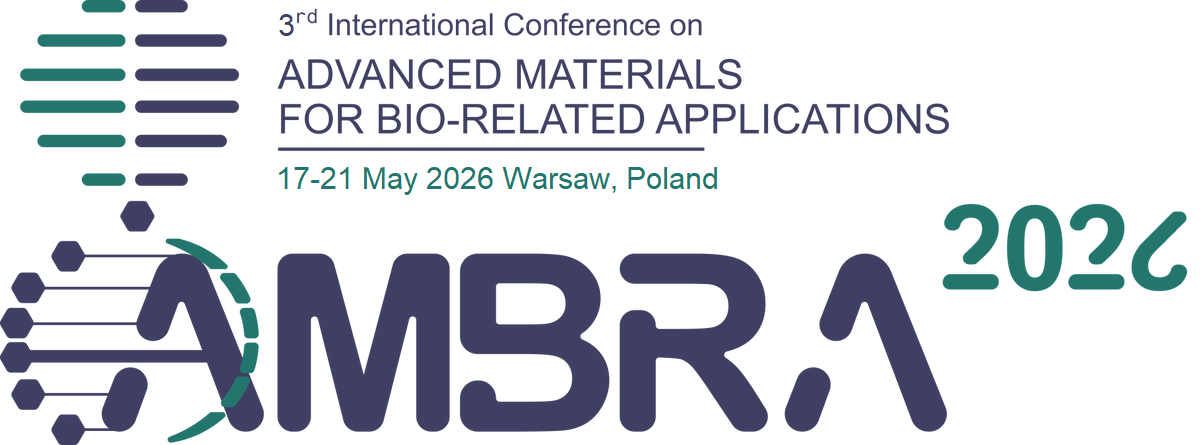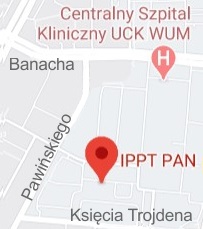| 1. |
Sabaie H.♦, Amirinejad N.♦, Asadi Mohammad R.♦, Jalaiei A.♦, Daneshmandpour Y.♦, Rezaei O.♦, Taheri M.♦, Rezazadeh M.♦, Molecular Insight Into the Therapeutic Potential of Long Non-coding RNA-Associated Competing Endogenous RNA Axes in Alzheimer’s Disease: A Systematic Scoping Review,
Frontiers in Aging Neuroscience, ISSN: 1663-4365, DOI: 10.3389/fnagi.2021.742242, Vol.13, pp.742242-1-15, 2021 Streszczenie:
Alzheimer’s disease (AD) is a heterogeneous degenerative brain disorder with a rising prevalence worldwide. The two hallmarks that characterize the AD pathophysiology are amyloid plaques, generated via aggregated amyloid β, and neurofibrillary tangle, generated via accumulated phosphorylated tau. At the post-transcriptional and transcriptional levels, the regulatory functions of non-coding RNAs, in particular long non-coding RNAs (lncRNAs), have been ascertained in gene expressions. It is noteworthy that a number of lncRNAs feature a prevalent role in their potential of regulating gene expression through modulation of microRNAs via a process called the mechanism of competing endogenous RNA (ceRNA). Given the multifactorial nature of ceRNA interaction networks, they might be advantageous in complex disorders (e.g., AD) investigations at the therapeutic targets level. We carried out scoping review in this research to analyze validated loops of ceRNA in AD and focus on ceRNA axes associated with lncRNA. This scoping review was performed according to a six-stage methodology structure and PRISMA guideline. A systematic search of seven databases was conducted to find eligible articles prior to July 2021. Two reviewers independently performed publications screening and data extraction, and quantitative and qualitative analyses were conducted. Fourteen articles were identified that fulfill the inclusion criteria. Studies with different designs reported nine lncRNAs that were experimentally validated to act as ceRNA in AD in human-related studies, including BACE1-AS, SNHG1, RPPH1, NEAT1, LINC00094, SOX21-AS1, LINC00507, MAGI2-AS3, and LINC01311. The BACE1-AS/BACE1 was the most frequent ceRNA pair. Among miRNAs, miR-107 played a key role by regulating three different loops. Understanding the various aspects of this regulatory mechanism can help elucidate the unknown etiology of AD and provide new molecular targets for use in therapeutic and clinical applications. Słowa kluczowe:
Alzheimer’s disease,antisense oligonucleotides,competing endogenous RNA,long non-coding RNA,miRNA sponge Afiliacje autorów:
| Sabaie H. | - | inna afiliacja | | Amirinejad N. | - | inna afiliacja | | Asadi Mohammad R. | - | inna afiliacja | | Jalaiei A. | - | inna afiliacja | | Daneshmandpour Y. | - | inna afiliacja | | Rezaei O. | - | inna afiliacja | | Taheri M. | - | inna afiliacja | | Rezazadeh M. | - | inna afiliacja |
|  |
| 2. |
Mahyar P.♦, Ehsan C.♦, Mina N.♦, Mohammad R.♦, Razzaghi-Kashani M.♦, Haghighat Bayan M.A.♦, Tuning the Surface Chemistry of Graphene Oxide for Enhanced Dielectric and Actuated Performance of Silicone Rubber Composites,
ACS Applied Electronic Materials, ISSN: 2637-6113, DOI: 10.1021/acsaelm.8b00042, Vol.1, No.2, pp.198-209, 2019 Streszczenie:
The influence of reduction temperature on the electromechanical properties and actuation behavior of polydimethylsiloxane (PDMS) dielectric elastomer containing the thermally reduced graphene oxide (rGO) with different surface chemistry has been systematically investigated. A set of rGO nanosheets was prepared by thermal reduction of graphene oxide (GO) at four temperatures (150, 200, 300, and 400 °C). The dielectric permittivity, dielectric loss, and elastic modulus of PDMS composites were increased, while the electrical breakdown strength of composites was decreased with an increase of the reduction temperature of GO. A thermodynamic model applied for studying the electromechanical deformation and stability of PDMS/GO(rGO-x) dielectric elastomer composites showed that the optimum value of the break-point was observed in PDMS/rGO-300. It is shown for the first time that the variation of electromechanical instability and recovery behavior are attributed to the surface chemistry of rGOs. A critical reduction temperature is observed at 300 °C which can be considered as proper rGO nanosheets for electromechanical applications. By employing an equivalent circuit on impedance spectroscopy, the interfacial polarization is recognized as the dominant mechanism rather than the intrinsic polarization of the matrix and nanosheets. Noteworthy, PDMS composites containing rGO, reduced at higher temperatures, have more interfacial polarized charges at the interface. Słowa kluczowe:
Dielectric Elastomer ,Polymer Composite ,Graphene Oxide (GO),Thermally Reduced Graphene Oxide (rGO) ,Electromechanical Properties,Actuation Behavior,Electromechanical Instability Afiliacje autorów:
| Mahyar P. | - | inna afiliacja | | Ehsan C. | - | inna afiliacja | | Mina N. | - | inna afiliacja | | Mohammad R. | - | inna afiliacja | | Razzaghi-Kashani M. | - | Tarbiat Modares University (IR) | | Haghighat Bayan M.A. | - | inna afiliacja |
|  |


















